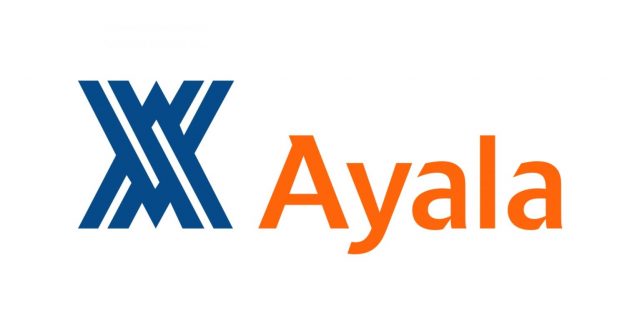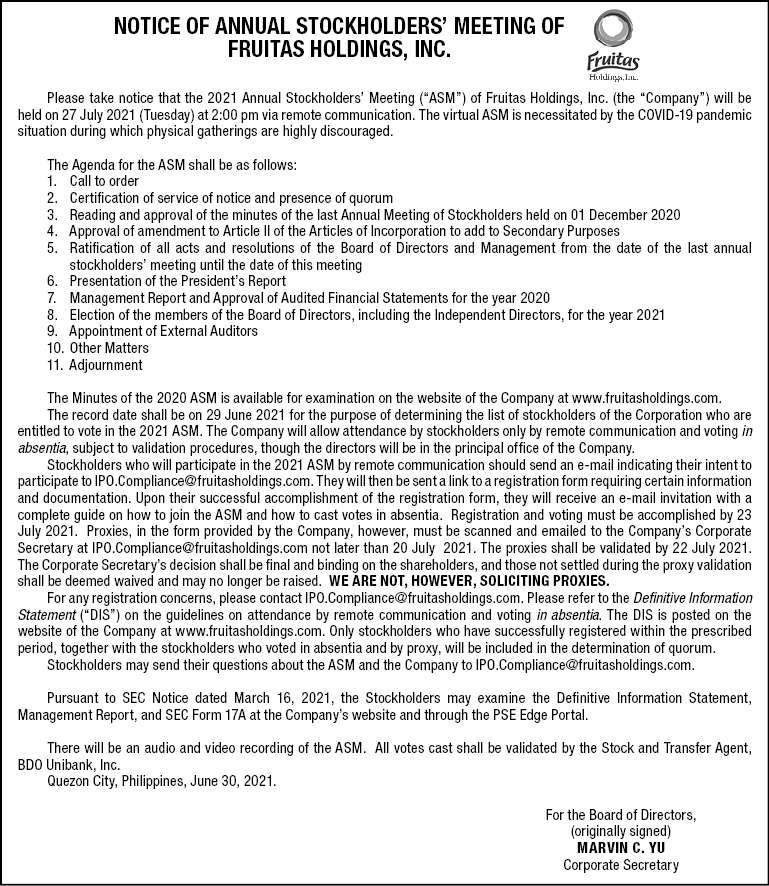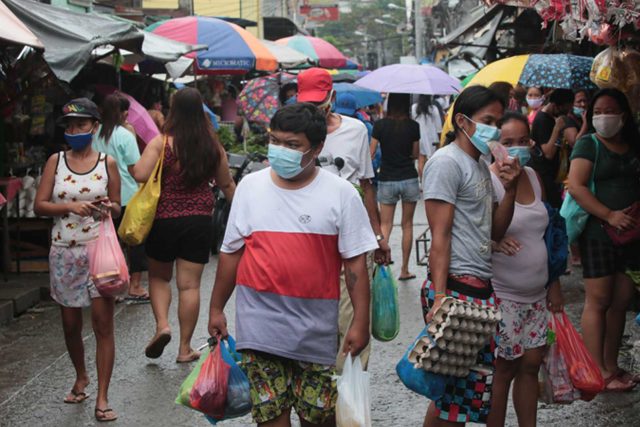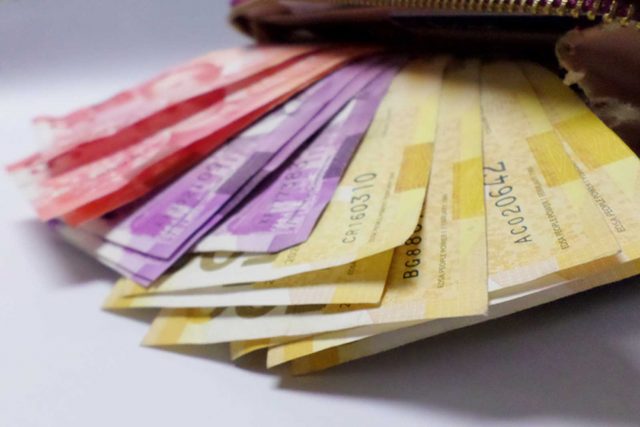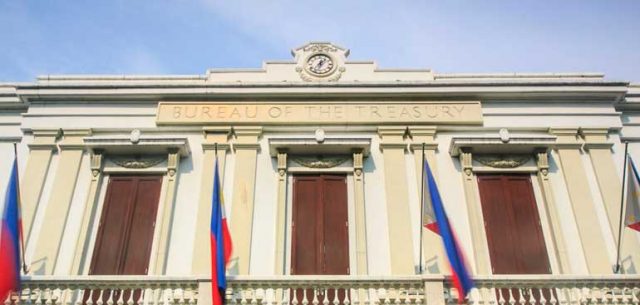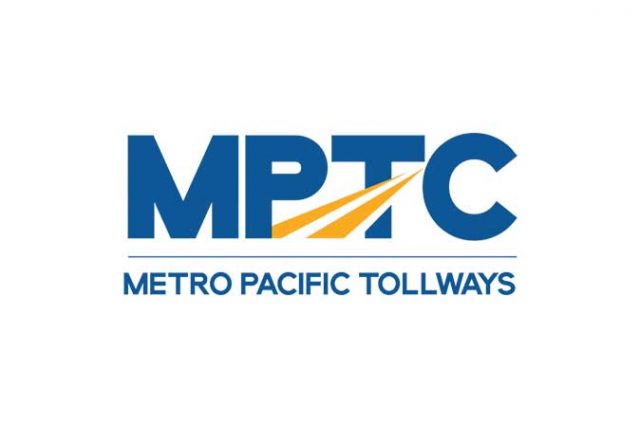Ayala Corp grooms next generation of leaders
As the Philippines’ oldest conglomerate gets bigger and more diversified, the family behind the empire knows it’s inevitable that outside talent would be needed to bring the company and its vast holdings to greater heights.
The diverse interests of Ayala Corp. — banking, property, energy and telecommunications to name a few — mean that it’s unlikely that “one single gene pool” could have all the skills needed to run various businesses, said Mariana Zobel de Ayala, a member of the founding family who has worked at various units. Her father, Jaime Augusto Zobel de Ayala, is the company’s chairman and was chief executive officer until he handed the reins to his brother Fernando in April.
Under Jaime and Fernando’s stewardship in the past quarter of a century, Ayala has increasingly counted on non-family executives to run its businesses. Grooming the family’s next generation of leaders — the eighth since the company started in 1834 — means giving the cohort the opportunity to pursue their personal interests and develop skills, all while they are observed to see if they fit Ayala’s larger leadership needs.
“As a family, we’re generally all in agreement that it would probably be statistically unlikely for one single gene pool to be able to cover all the skills needed for such a diverse set of businesses,” Mariana said in an interview with Bloomberg Television’s David Ingles. “We understand that we’re really here to find the best people for the job at hand; that doesn’t necessarily have to be family.”
The reliance on non-family executives to run Ayala’s key businesses will not be reversed even as the next generation gets “deliberate exposure,” Mariana said.
Just like in her father and uncle’s generation, Mariana and her contemporaries who are keen in the family business are encouraged to work at the group’s various units to understand how the ventures are run, how each operation fits in the conglomerate’s objectives, and how the assets can leverage each other.
Mariana is currently deputy head of marketing at Bank of the Philippine Islands, the nation’s oldest lender. She was previously with Ayala Land Inc. as general manager overseeing its malls operations.
Her brother Jaime Alfonso is head of business development at Ayala, while a cousin, Jaime Urquijo Zobel de Ayala, is involved in an oil and gas exploration unit.
Ayala under Jamie Augusto had sought to make itself more relevant to Philippine society as it diversified and revamped existing businesses. It offered homes targeted to different income groups, broadened banking services beyond wealthy individuals and the middle class, and ventured into health care and education.
Understanding Filipino consumers is key for Ayala’s businesses to succeed, Mariana said. Her studies of social sciences at Harvard and business administration at INSEAD, as well as investment banking experience while at JP Morgan, is helping her navigate the dynamics of Ayala and its Filipino consumers.
The pandemic has accelerated the shift to digital technology, which has opened up new markets.
“The transition is a little more challenging but exciting,” she said as the group continues to focus on its core businesses. To build opportunities 20 years ahead, the nation’s oldest conglomerate must “have an understanding of the consumer across those different touch points in a way that is integrated and in a way that we can personalize our services,” she said. — Bloomberg

